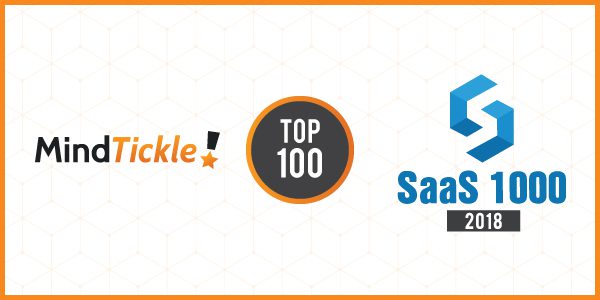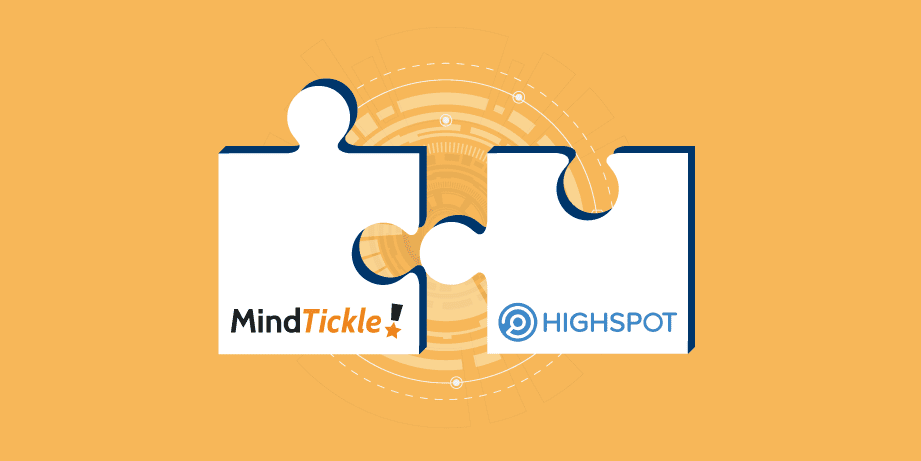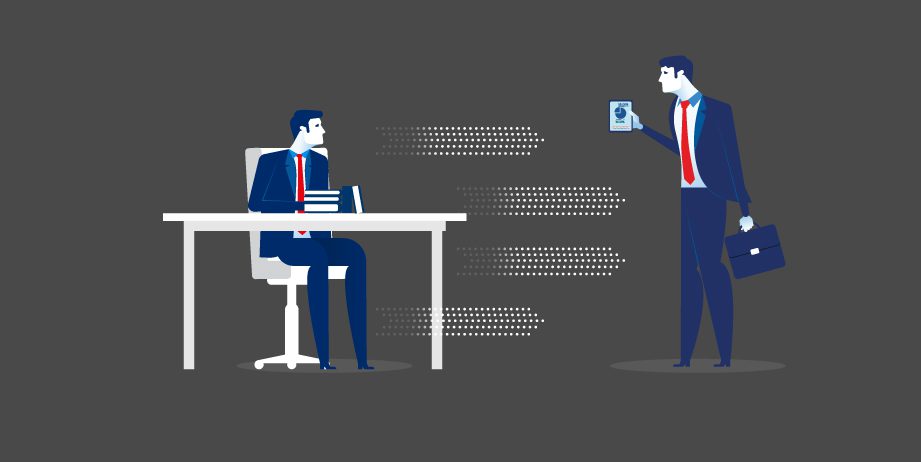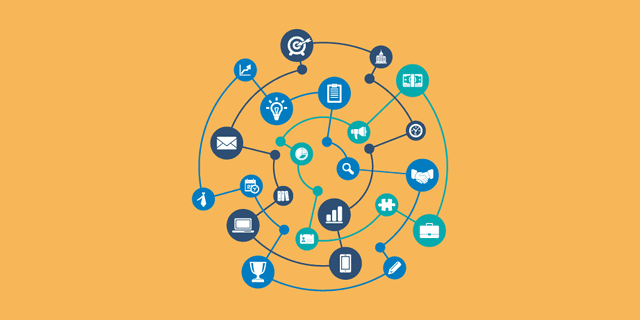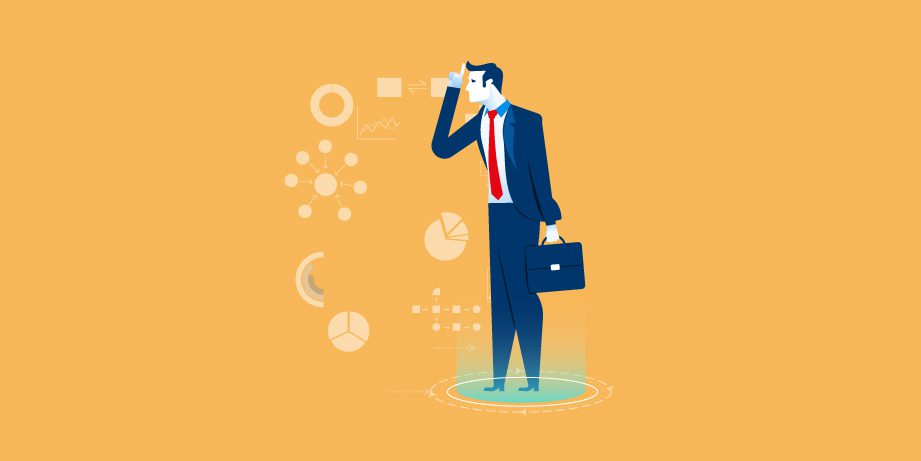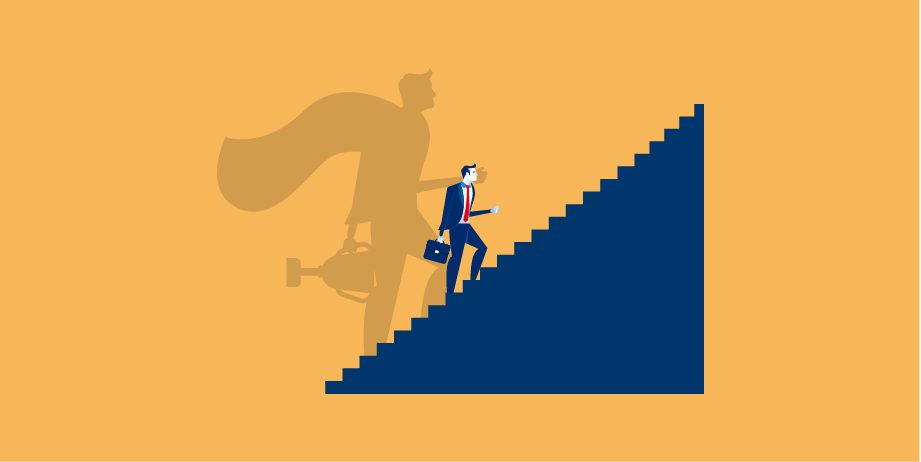How Best-in-Class Sales Enablement Programs Accelerate Value Selling
CSO Insights defines sales force enablement as, “A strategic, collaborative discipline designed to increase predictable sales results by providing consistent, scalable enablement services that allow customer-facing professionals and their managers to add
value
in every customer interaction.” And, Aberdeen Research found that “All-in” sales enablement practitioners experienced 56% greater annual revenue growth when compared to all others. “All-in” practitioners included content, technology, and training-based approaches in their sales enablement programs. This shows that best-in-class sales enablement programs accelerate value selling. Let’s look at how these programs create this change in sales velocity.
Shortens onboarding time
Average ramp time ranges from three to seven months. This is partly due to increasingly complex sales cycles. Shortening the time to new hire full productivity can have a major impact on your company’s bottom line. According to CSO Insights’ 2016 Sales Enablement Optimization Study, onboarding training services that meet or exceed expectations result in a 14% improvement in win rates. These services are typically part of a sales enablement program. In this program, new hires learn the value they can offer their prospects, what resources they have to do so, and how to use them. Shorter onboarding through sales enablement helps accelerate the value selling process.
Prevents information overload and increases selling time
It used to be that your sales force received information from many platforms such as the internet, email, LinkedIn, Facebook, and YouTube. Then when they needed to find the information, it wasted a lot of their time. According to a McKinsey Report, almost 20% of your reps’ time is spent just searching and gather information. CMO Council found that 40% of a rep’s time is spent searching for content created by marketing or customizing content, because they can’t find relevant materials for their particular prospect. Sales enablement, that incorporates content, technology, and training approaches, streamlines learning and communications. They’re all integrated into one platform so reps spend less time switching from one tool to another to complete tasks. This allows them to be prepared to show value in every customer meeting. Plus, they don’t waste time trying to figure out where to find the content and resources they need, so they’ll have more time to actually sell.
Improves content alignment and keeps it current
Best-in-class sales enablement tracks content engagement and gaps. This allows Marketing to identify the most effective materials as well as the gaps where assets are missing. This helps them identify gaps and develop content to fill those gaps. Sales content and sales processes remain better aligned and more impactful as a result. Plus, your sales team is more likely to have what they need, when they need it, to provide value to prospects and customers throughout the sales process.
Facilitates sales readiness
Forrester defines sales enablement as a strategic, ongoing process that equips reps with the ability to consistently have valuable conversations with customers at each stage of the sales cycle. To do so, reps must master a lot of ever-changing information relating to your products, customers, and marketplace. They also need to be skilled at implementing all the stages of your sales process as you adjust it. Best-in-class sales enablement facilitates the ongoing learning, communications, and skill building that is required to ensure your sales force is always ready to meet client needs. It prepares them to provide the value that prospects expect and demand. This readiness allows your company to stay a step ahead of the competition as well.
Sharing of best practices
Without a system in place, the sharing of best practices rarely occurs. Best-in-class sales enablement programs facilitate the collection and sharing of best practices for easy access by your sales force. This library provides examples to speed up skills development and mastery. They help reps know which content or techniques most effectively advance deals to a close. These examples also help them stay current with what customers and prospects find of value at any given point in time.
Now you can see how best-in-class sales enablement programs accelerate value selling. If you haven’t already, shouldn’t you put one in place so you can realize these results in your organization?



